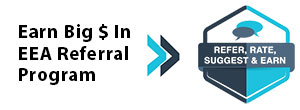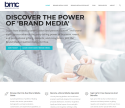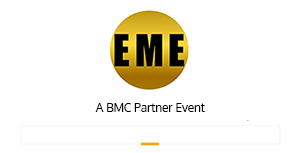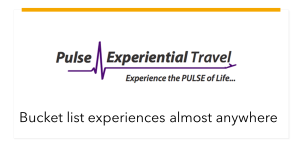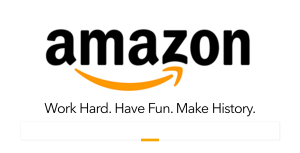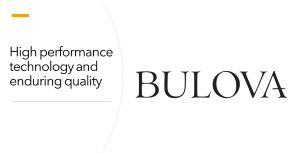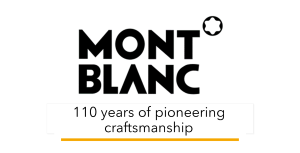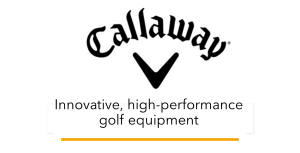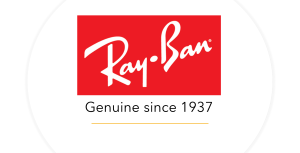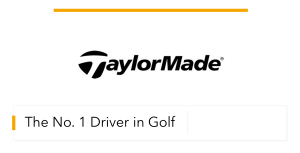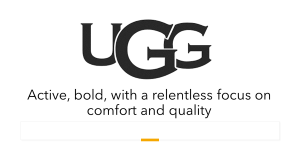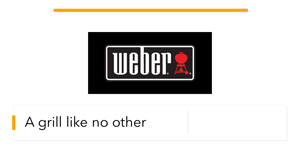Company Profits From ROI Measurement Platform
Bob Dawson, a serial entrepreneur in the incentive and related travel field, is the first to admit he is "bleeding edge." His may be the only company that ever seriously utilized a process that provides a financial measure that is tied to company financial statements and is measured against best in class financial metrics based on specific industry classification code (NAICS) and revenue size.
 Dawson says he has not only profited from the development of his own SaaS product and support methodology, he believes the engagement movement has created an unprecedented opportunity for him. He sees a natural application because much of the formal framework of Enterprise Engagement and the means of measuring it are based on the Master Measurement Model developed by the American Productivity & Quality Center (APQC) in the early 1990s. Dawson has utilized that as one part of his process related to measurement. The EEPM ROI software platform and methodology are based upon his original model developed in 1991 to enable organizations to create engagement processes that can be measured in terms of dollars as a determinent of return on investment, but also in terms of overall financial results benchmarked with companies in similar industries.
Dawson says he has not only profited from the development of his own SaaS product and support methodology, he believes the engagement movement has created an unprecedented opportunity for him. He sees a natural application because much of the formal framework of Enterprise Engagement and the means of measuring it are based on the Master Measurement Model developed by the American Productivity & Quality Center (APQC) in the early 1990s. Dawson has utilized that as one part of his process related to measurement. The EEPM ROI software platform and methodology are based upon his original model developed in 1991 to enable organizations to create engagement processes that can be measured in terms of dollars as a determinent of return on investment, but also in terms of overall financial results benchmarked with companies in similar industries.  To take advantage of the potential, Dawson has joined forces with Lisa Humphrey, a return-on-investment consultant based near Denver, whose goal is to build a practice around this methodology and help others do the same. The EEPM, says Dawson, is "a SaaS application that is built to capture client data, both financial and non-financial, for benchmarking, forecasting, measuring and monitoring engagement programs.” The application mirrors Dawson’s ROI Model, which he created in 1991. He claims that “100% of the clients served using this model experienced positive ROI (or ‘True ROI’) based on the purest definition of return on investment, meaning the results came directly from clients’ financial statements.”
To take advantage of the potential, Dawson has joined forces with Lisa Humphrey, a return-on-investment consultant based near Denver, whose goal is to build a practice around this methodology and help others do the same. The EEPM, says Dawson, is "a SaaS application that is built to capture client data, both financial and non-financial, for benchmarking, forecasting, measuring and monitoring engagement programs.” The application mirrors Dawson’s ROI Model, which he created in 1991. He claims that “100% of the clients served using this model experienced positive ROI (or ‘True ROI’) based on the purest definition of return on investment, meaning the results came directly from clients’ financial statements.”
Anyone seeking to understand the basis for Dawson’s Enterprise Engagement Performance Management (EEPM) solution can go to Lisa Humphrey’s website.
Insights from the Findings
With 862 programs measured at 681 companies in 236 different industry segments, Dawson says he has learned a thing or two about program design. He notes the companies that hired him were running programs with “no financial accountability or measurement; rule structures that lacked a level playing field; programs designed within siloes with no recognition given to the others who could affect outcomes; and a lack of anticipation for external factors such as competition, government regulations, economic conditions, or the unanticipated behavior changes that could result from a program.”
From his experience, Dawson says the No. 1 success factor “for sure is the company culture. If the culture is all about politics or a silo mentality, it's extremely difficult to achieve a successful return on investment. Companies that understand they're all in the same boat and need to row together, regardless of who gets an award, to win all the time.”
How about the challenge of getting data from clients? “Because we only work at the C-Level of the business, we don't have problems getting the data," he says. "Our process includes sharing financial performance data for a specific industry (by NAICS Code and Revenue Size) that can show the best-in-class financial achievements. This has more value to C-suite executives than how much people enjoyed their reward.”
Dawson claims that 98% of programs designed by his company repeated for 3 years or longer, and
88% of programs repeated over years.
A Formal, Measurable Process
The EEPM software guides a company through a step-by-step process to identify the actions to be promoted and the means of measuring those actions, providing a value to those actions in a way that systematically involves stakeholders in the process design. The output is a forecast of, and means for measuring, financial and other outcomes of an engagement effort.
“Obviously, if it were just as easy as plugging a few numbers into a software product, anyone could design and measure an engagement effor," says Dawson. "In reality, process design and measurement require an understanding of the full impact on the entire organization and their engagement framework, which is why I am so excited about the potential. The true value of our software platform is the methodology behind it that disciplines our clients to use a formal, transparent process.”
Dawson says he hasn't seen another tool in the marketplace that enables companies to:
- Benchmark company financial performance based on actual financial statements on file with United States Commercial Banks based on industry and company size.
- Establish attribution of an engagement program to financial results.
- Identify unintended consequences and plan for them prior to the start of a program.
- Monitor for external and internal factors that may impact program performance and course correct if needed during the program, not after.
- Provide a monthly dashboard view of program performance, financial and program participants.
- Design a rules structure that ties business objectives to the rules structure that incentivizes the right behavior with the right people at the right time.
- Engage other departments in the company beyond sales functions.
- Eliminate the “silo” effect of a program on business performance.
Dawson explains that “the theory behind the ROI model and the SaaS management solution is being able to connect and bridge the gap between financial results and the people behind the numbers. It helps businesses break down their business process cycle to the point where it's crystal clear where properly structured behavioral changes will move the needle to achieve their business objectives, including engagement and bottom-line profitability. At its core, the model represents managing Enterprise Engagement performance thereby eliminating the ‘silo’ effect tha's prevalent in many engagement/incentive programs.”
Companies, he goes on to say, have used this model "to develop short- and long-term strategies for creating engagement throughout their business. The process is structured and has been successfully implemented as a long-term strategy. This isn't about surveys, feel-good ROI, or any awards. This is built upon actual changes to company financial metrics, and results include the entire company financial position, not just the engagement program. Uses have included both hard and soft objectives. Financial measures are established for both these objectives. Almost all our clients have utilized this model for over three years, and 88% for over seven years. That's an indication of how this model creates a foundation to build upon, rather than just adding more changes to an engagement program because it may help in a short period of time.”
The Go-To Market Strategy
Dawson admits that success didn't come as easily as he had hoped or in the manner he expected. “Despite providing access to one of my ROI clients' data for a research study performed by the University of Missouri School of Business and funded by the Incentive Research Foundation, I naturally thought that I would be able to sell this through the leading incentive and related companies seeking to bring formal program design and measurement processes to their clients. Despite my involvement with industry activities over many years, I got very few takers from that route,” Dawson explains. “What I learned first-hand is that in the end the clients of these companies were buying trips and incentive programs, not ROI, and the salespeople at the incentive companies didn’t feel a need to complicate a sale by introducing a formal discipline and return-on-investment process the client wasn’t buying. I believe that the discipline of Enterprise Engagement and the ISO 10018 standards and certification will introduce a greater rigor into these programs that will call for this level of return-on-investment measurement.”
While Dawson has built a successful consulting practice mostly dealing directly with companies, he hopes to scale his investment to take advantage of the emergence of Enterprise Engagement with the help of Lisa Humphrey, a management consultant with return-on-investment measurement expertise. The plan includes reintroducing the EEPM methodology and platform he created directly to companies, as well as to incentive, recognition, loyalty, marketing, or management consultants, or any type of solution provider that can profit from this methodology. “I know that our company simply cannot bring this to all the companies that can benefit, and the more that participate, the better the benchmarking data for all.”
Dawson's company has introduced a license to the technology that offers benchmarking capabilities together with training to provide innovative solution providers quick and easy access to a proven tool based on the same success Dawson has experienced since 1991. He says his company can show consultants how to significantly increase their value proposition, as well as their margins, by justifying pay-for-performance models in addition to merchandise and travel awards. “I couldn't be more excited with the news that there is now an ISO 10018 certification for quality people management, as our platform will provide invaluable return-on-investment information,” he says.
The company services provided in conjunction with the Enterprise Engagement Management Solution include a training/certification program for mastering implementing Dawson’s ROI model and licensing of the SaaS application for ongoing use with clients.
According to Lisa Humphrey, who has joined Dawson to expand the sale of EEPM, “The ROI model and the SaaS application were way ahead their time. I came to know Bob when I was asked to be involved with a prospective client that was interested in seeing what an ROI-based incentive program could do for them. Bob came referred to us as ‘the ROI guy’ and they were right! He generously gave me his time and energy to teach me this model and, more importantly, he has been sharing his 27-plus years of experience and success in using it. My financial background is a natural fit, and with Bob as my mentor I knew this model needed to be back in the marketplace, beyond my working with clients. I am hoping the industry is now ready to face the real opportunity for ROI.”
For Information, Contact:
Lisa Humphrey, ROI Strategist
303-912-5561


